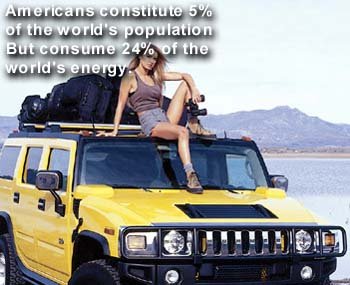It is sad to sacrifice that 58, but point is an important one. I don't know how many times I've heard somebody say, "They don't make'm like they used to." Well, that is correct, but for exactly the wrong reason. Yes, the body panels on that 58 probably are heavier gauge steel, the bumper is a "real, chromium-plated piece of solid steel" instead of that "plastic stuff".
Well, watch the video closely. The 09 penetrates into the 58 all the way to the B pillar (rear edge of the front door), obliterating the driver's space. Conversely, the 09 model driver's space remains completely intact. You can best see this from the above shot. The A pillar and front edge of the windshield remains intact. The old cars may have been "built like tanks", but the new cars have engineered crumple zones (pioneered by Mercedes-Benz) that sacrifice the car for your safety.
Even worse, the 58 has a solid steel [-]spear aimed at the driver's chest[/-] steering column while the 09 has an energy absorbing steering column.
Seat belts weren't even required until the mid 60s. Remember what a fight it was to get folks to use them?
If I remember correctly, it was California back in the 50s that began using crash tests to evaluate guardrail design. I have seen videos from the 50s of the original tests, but can't find one on the web to post

. They found that inexpensive changes to guardrails (zero cost if built that way from the start) made huge differences in the dangers of collisions. Road safety is now a big field, our roads are much safer because of it.
Yeah engineers!

